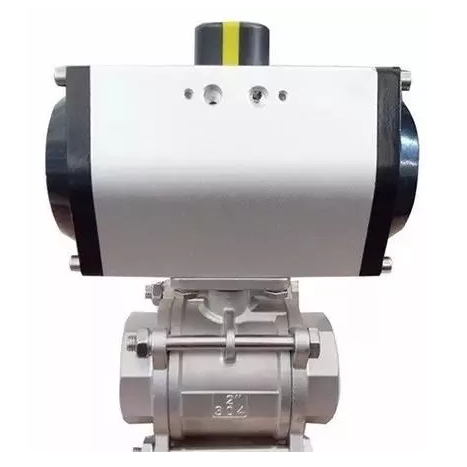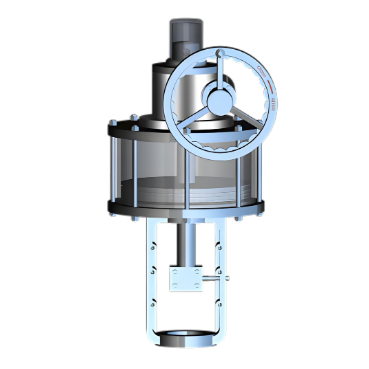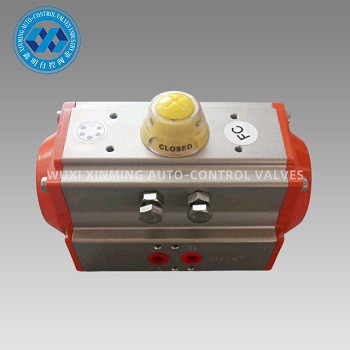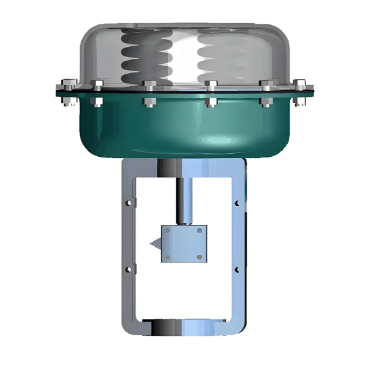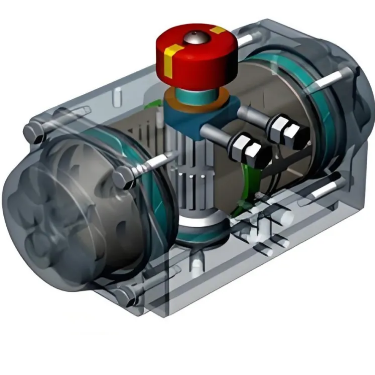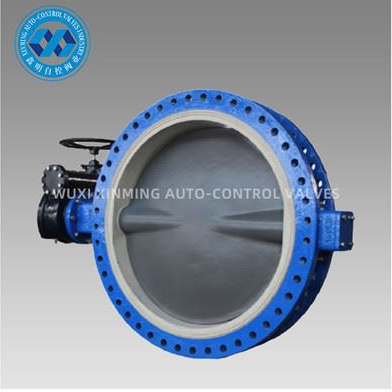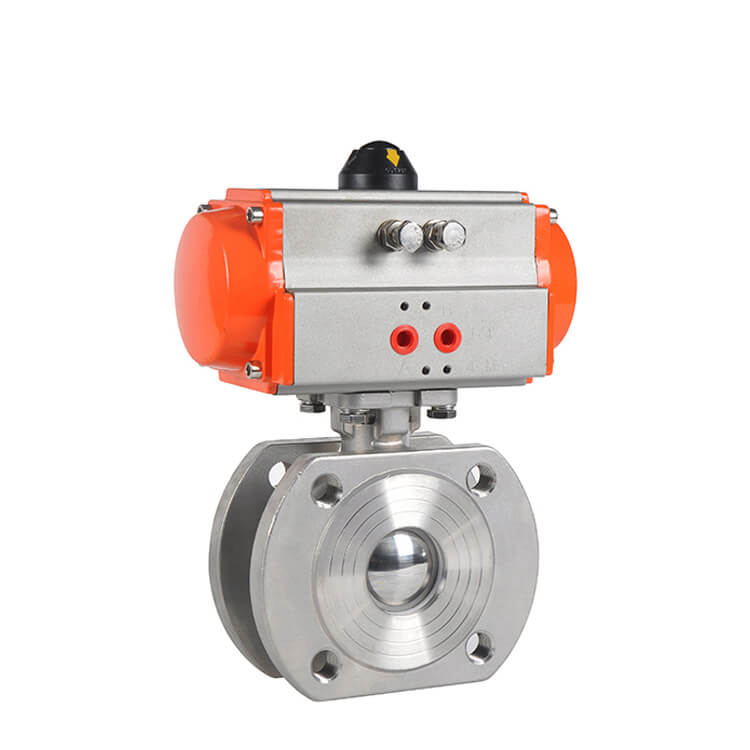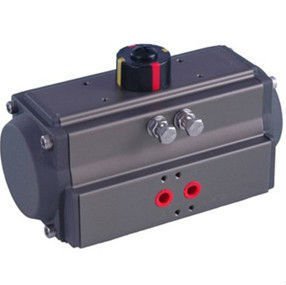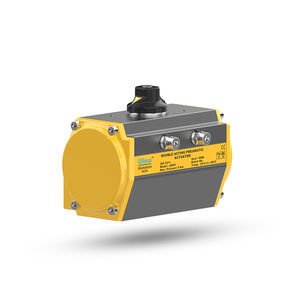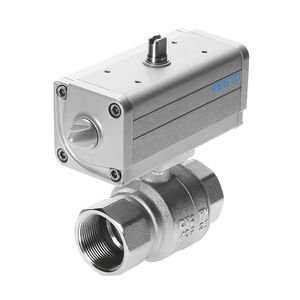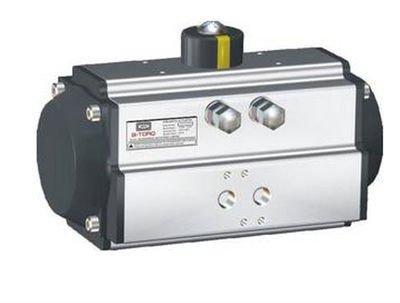Performance testing of compact pneumatic
actuators is essential to ensure their reliability and efficiency. Several
methods can be employed for this purpose.
First, the force - output test is crucial.
By applying a known resistance and measuring the force generated by the actuator
under different air - pressure conditions, engineers can determine its torque
capabilities. Specialized force - measurement sensors are used to accurately
record the data, ensuring the actuator can handle the required loads in
practical applications.
Next, the stroke - accuracy test evaluates
how precisely the actuator moves through its full range. Position - sensing
devices, such as linear variable differential transformers (LVDTs) or optical
encoders, are installed to monitor the piston's movement. Any deviation from
the expected stroke length can indicate issues with internal components or
misalignment, allowing for timely corrective actions.
Response - time testing measures how
quickly the actuator reacts to control signals. This is done by triggering the
actuator and using high - speed cameras or electronic timers to record the time
it takes to start moving and reach the desired position. A shorter response
time is often desirable, especially in applications requiring rapid
adjustments.
Leak - detection tests are also vital. By
pressurizing the actuator and monitoring for any drop in pressure over time,
technicians can identify air leaks in seals or connections. This helps prevent
performance degradation and potential safety hazards caused by escaping
compressed air. Overall, these comprehensive testing methods ensure that
compact pneumatic actuators meet the necessary performance standards.
If you want to learn more about low-priced products, please visit the following website: www.xm-valveactuator.com


